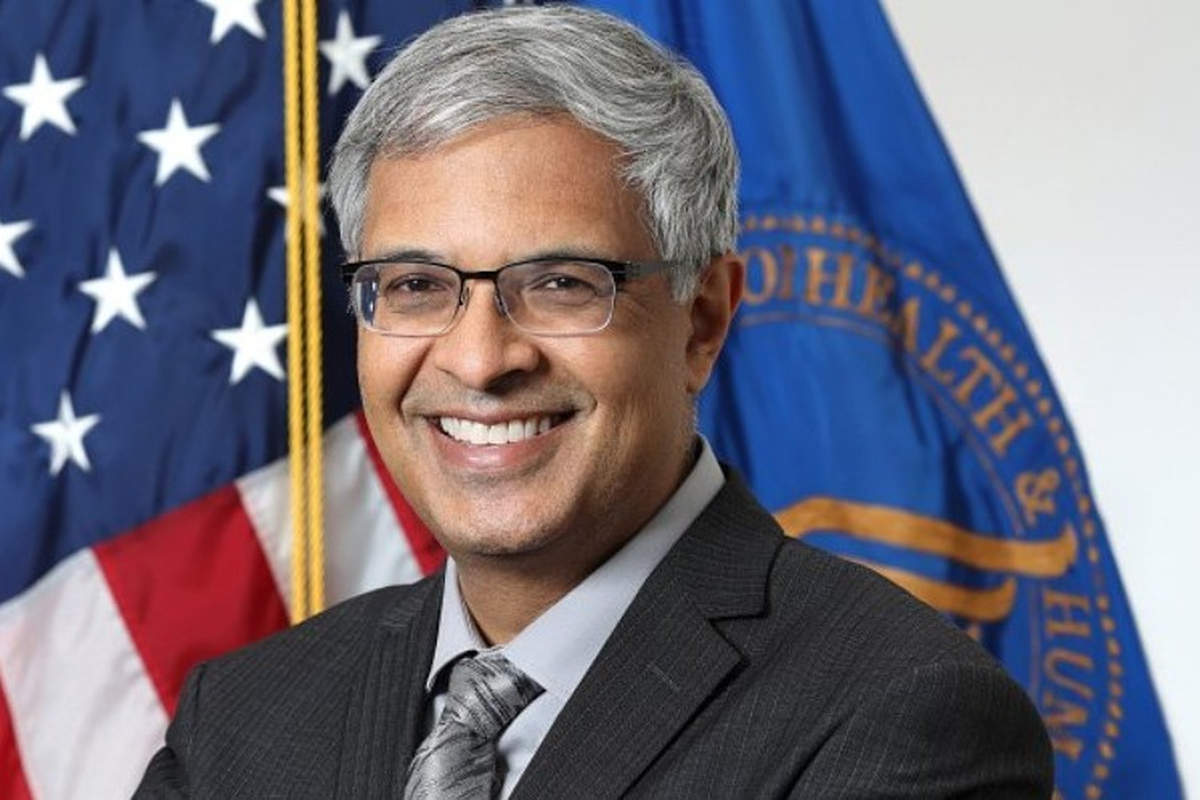The enthusiasm for mRNA vaccine technology is waning in the face of major scientific challenges and growing public distrust. Analysis below by Jay BHATTACHARYA, new director of the NIH (National Institutes of Health).
Jay BHATTACHARYA new director of the NIH (National Institutes of Health) COVID vaccine consumption has significantly declined in the United States, potentially marking the end of an era for this revolutionary yet controversial technology. An in-depth analysis reveals concerning gaps between the theory and practical application of this medical platform.
A Free-Falling Adoption Rate
mRNA COVID vaccines are experiencing a spectacular decline in adoption rates. In the United States, very few people continue to receive these vaccines, and adherence among children has never reached high levels – which, according to some experts, could be a good thing. In the public mind and in the market, these vaccines already seem obsolete. Revenues for Pfizer and Moderna, which had reached astronomical heights in 2021, have collapsed since then.
The Fundamental Flaws of mRNA Technology
The theory behind mRNA vaccines seems simple: inject mRNA code that prompts cells to produce an antigen, which then causes the immune system to react and prepare against the targeted virus. However, reality presents three major problems:
- Uncontrollable dosage: While the amount of injected mRNA is controllable, the quantity of antigens produced by the body is absolutely not. A single strand of mRNA can generate a variable and unpredictable number of antigen copies.
- Random distribution: The biodistribution of antigens in the body is not controlled, which could explain the adverse effects observed in different body systems.
- Imperfect fidelity: The proteins produced don’t always correspond to the intended code. Reading frame shifts and other anomalies can generate unintended or incorrect antigens.
These shortcomings raise important regulatory questions: how can a product be approved when its dosage is unknown, its distribution in the body is unpredictable, and it may produce unintended substances?
Despite the Nobel Prize awarded for initial advances in mRNA technology, several major scientific breakthroughs seem necessary before this platform is truly ready for widespread and safe use.

